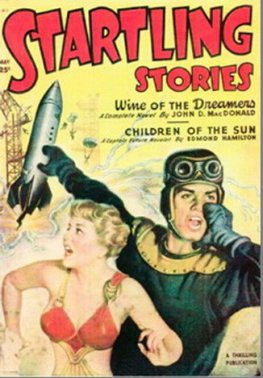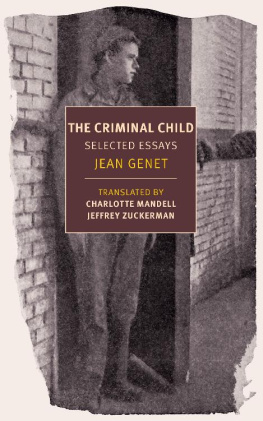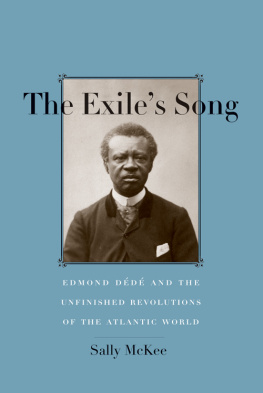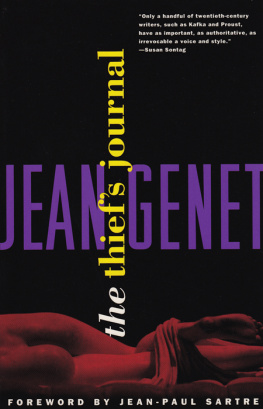This edition is published by PICKLE PARTNERS PUBLISHING www.picklepartnerspublishing.com
To join our mailing list for new titles or for issues with our books
Or on Facebook
Text originally published in 1911 under the same title.
Pickle Partners Publishing 2013, all rights reserved. No part of this publication may be reproduced, stored in a retrieval system or transmitted by any means, electrical, mechanical or otherwise without the written permission of the copyright holder.
Publishers Note
Although in most cases we have retained the Authors original spelling and grammar to authentically reproduce the work of the Author and the original intent of such material, some additional notes and clarifications have been added for the modern readers benefit.
We have also made every effort to include all maps and illustrations of the original edition the limitations of formatting do not allow of including larger maps, we will upload as many of these maps as possible.
WAR LETTERS
OF
EDMOND GENET
THE FIRST AMERICAN AVIATOR KILLED FLYING THE
STARS AND STRIPES
EDITED, WITH AN INTRODUCTION, BY
GRACE ELLERY CHANNING
PREFATORY NOTE BY
JOHN JAY CHAPMAN
PREFATORY NOTE BY JOHN JAY CHAPMAN
THE Genets are descended from Edme Charles Genet, who was secretary and interpreter to the Comte de Provence (subsequently Louis XVIII), and who died in 1780. Edme Charles, having lived long in England, became in France an authority on English affairs and was a publicist of some importance. His numerous works consist of historical essays, memoirs, and letters about the British constitution, British politics, and current events in England. Two of his children became distinguished, the first, Edmond C., was the famous, not to say notorious, Citizen Genet, whom the Revolutionary government in France sent as ambassador to the United States in 1792, and whose indiscretions led to his recall. He never returned to France, but settled at Albany, and subsequently married the daughter of Governor Clinton.
The Citizens sister, Henriette (Mme. Campan), was one of the most remarkable women of her day. Inasmuch as her father was an intimate of the Kings brother, she was, as it were, born at court, and being an infant prodigy she received her education under the charge of distinguished poets, musicians, and savants. At the age of fourteen she became governess to the children of Marie Antoinette, whose dearest friend she remained for twenty years. When the King and Queen were thrown into jail she begged to be allowed to accompany them, but this was denied her. It was to her hands that Louis XVI confided the most secret documents, family trinkets, and locks of the royal hair at the time of his confinement in the prison of Feuillants, in 1792.. Among these mementos was a brooch sent by Marie Antoinette to Citizen Genet, and which is to-day worn by the mother of the aviator. Madam Campan after the fall of the monarchy supported herself by founding a school for young girls, which became famous immediately and was afterward turned into a national academy by Napoleon. Hortense Beauharnais, stepdaughter of Napoleon, was one of Madame Campans pupils. On the fall of the First Empire the Bourbons persecuted Mme. Campan for having accepted the protection of Napoleon and treated her with most astounding and cruel ingratitude, considering the devotion she had shown to their family in former years. She died in disgrace and poverty in 1822 at the age of seventy, and left memoirs of the old court which are among the best that exist.
The aviator, Edmond C. Genet, is a great-great-grandson of the Citizen.
During the summer of 1915 I met young Genet in Paris. He was at that time a.companion of my boy Victor in the Foreign Legion. Genet was a shy, neatly made, small, blond youth, and only a wizard could have divined the burning ambition that lay concealed beneath his quiet demeanor. The fact was that the Americans in the Foreign Legion represented the idealism of the youth of America. They were a flight of birds from all over the country. Mere romanticism and the desire for adventure would not have brought them together; and the more we find out about these boys the more we see that in each of them there was a souls history that led up to this especial consummation. They are national characterssymbols of America. In life and in death they express the relation of America to the war.
I see them hasting toward the light
Where wars dim watchfires glow;
The stars that burn in Europes night
Conduct them to the foe.
As when a flower feels the sun And opens to the sky,
Knowing their dream has just begun
They hasten forth to die.
All that philosophy might guess
These children of the light
In one bright act of death compress,
Then vanish from our sight.
Like meteors on a midnight sky
They breakso clear, so briefTheir glory lingers on the eye
And leaves no room for grief.
And when to joy old sorrows turn,
To spring wars winter long,
Their blood in every heart will burn,
Their life in every song.
INTRODUCTION
EDMOND CHARLES CLINTON GENET was born in Ossining, New York, on the 9th of November, 1896. He was the traditional youngest son of the fairy-tale, predestined to achievementso much the youngest of three brothers that for all purposes of play and occupation he grew up an only child, finding his pleasures and interests for himself No doubt this fact contributed to his determining trait, independence of thought and action.
He was educated in private and public schools and at Mount Pleasant Academy, for which institution he had all the love of a student for his alma mater.
Although he was destined to end his days in another element, the earliest attraction of the boys heart seems to have been for the sea: everything pertaining to it fascinated him. When the other boys had military suits, Edmonds must be a naval uniform; a little photograph of the three brothers shows Edmond as a cherub thus distinguished. But at the mature age of nine he definitely dedicated himself, and in the manner of doing so as definitely proclaimed what was to be the key-note of his character and conduct all through the life,the ability to think out for himself a course of action, act upon it, and present his reasons (if at all) afterward. It must be said that his reasons were usually excellent ones.
At nine, then, he wrote to the authorities in Washington for an outline of studies necessary for a career in the navy. The arrival of the official envelope with the desired information first apprised his family that their Third had begun making history for himself. From the curriculum laid down in that letter Edmond thereafter firmly declined to depart, to the considerable inconvenience and dismay of his successive instructors.
At the age of ten there befell one of those small prophetic miracles with which the story of genius or heroism is always more or less filled. He invented an aeroplane which was exhibited and later formed a part of the memorial exhibition of the young aviator.













